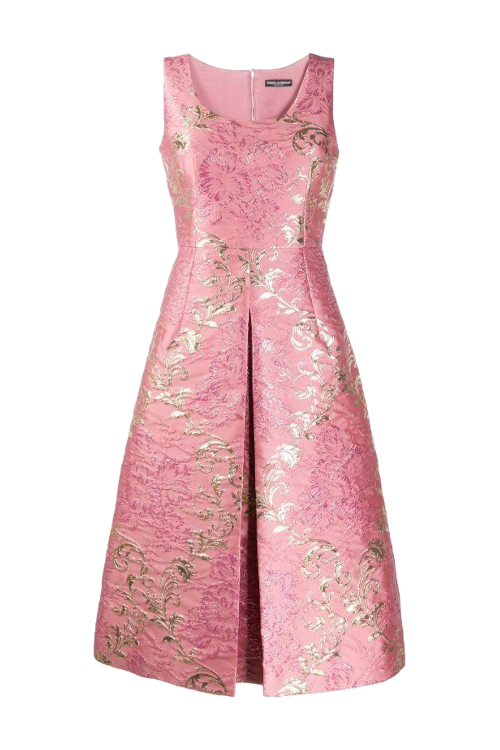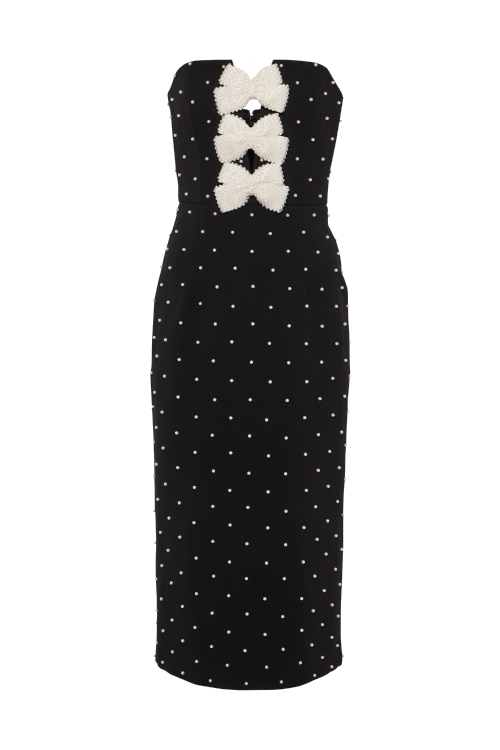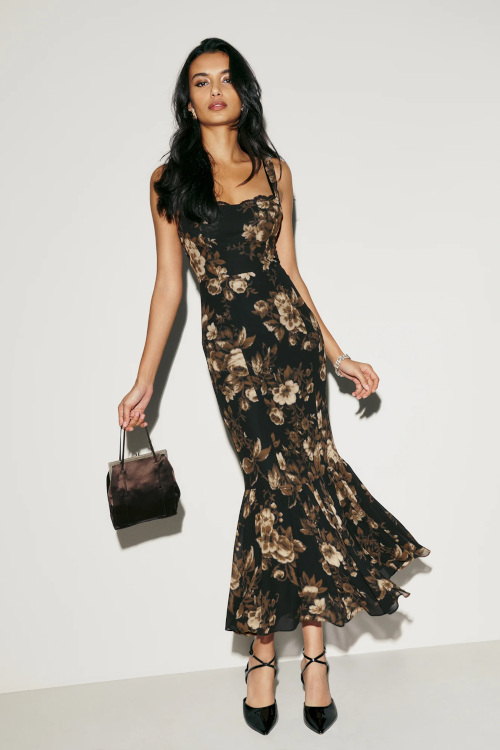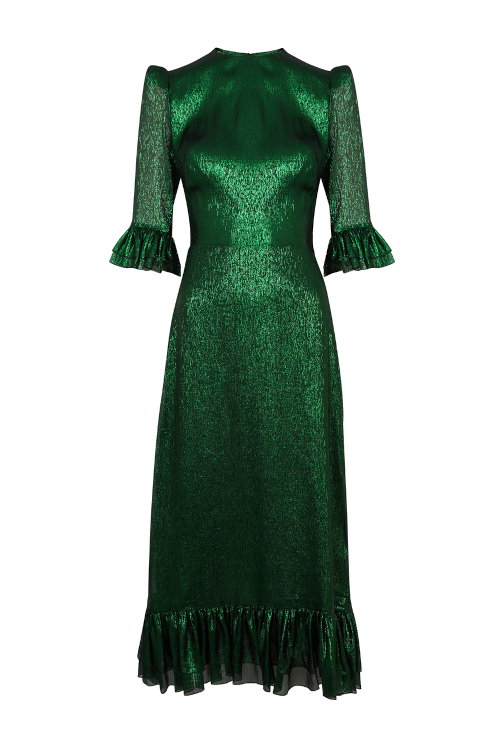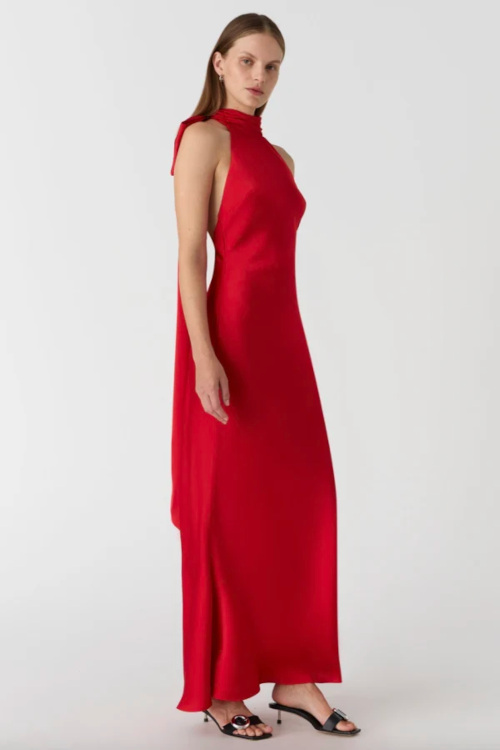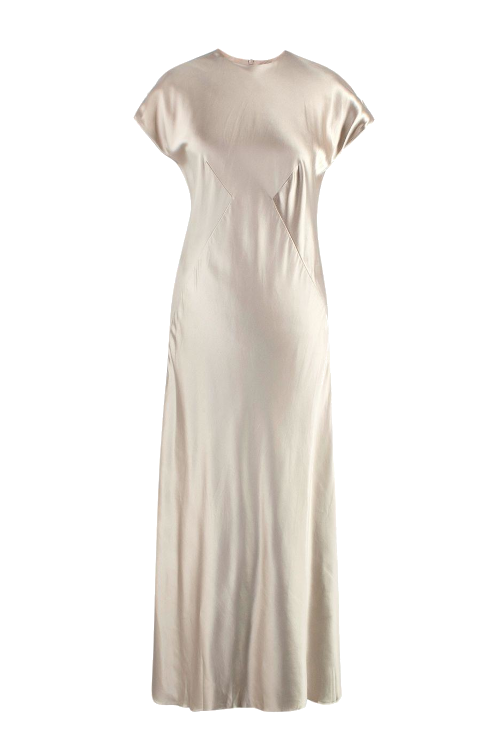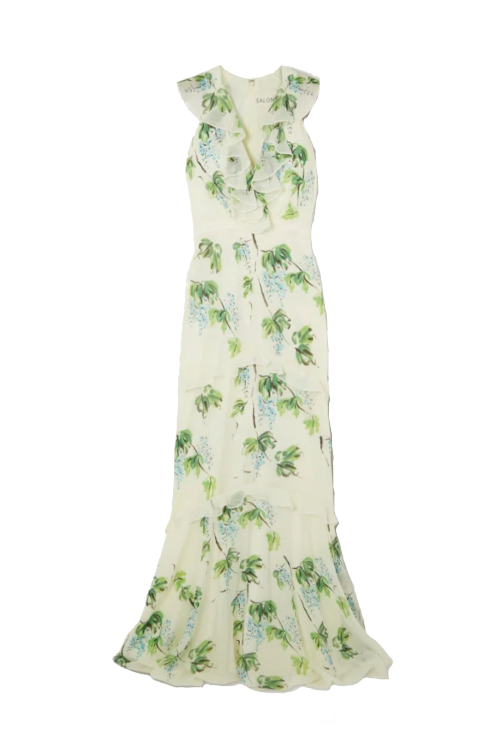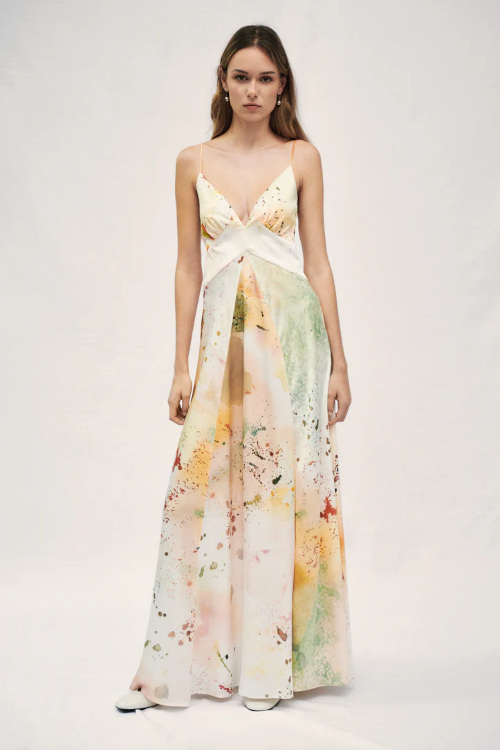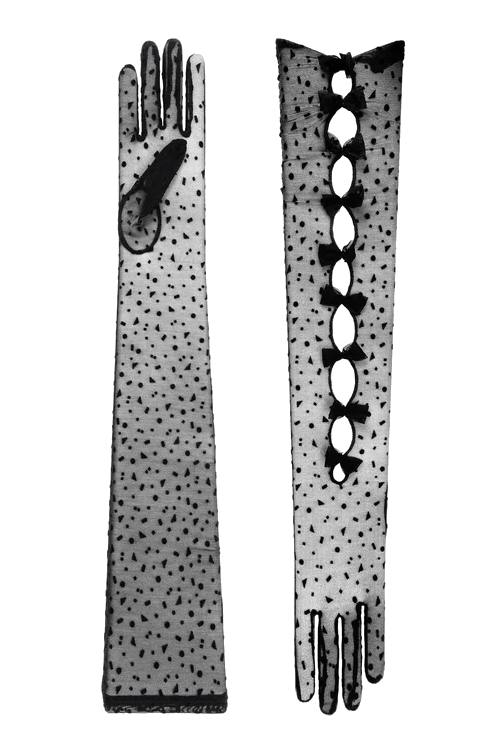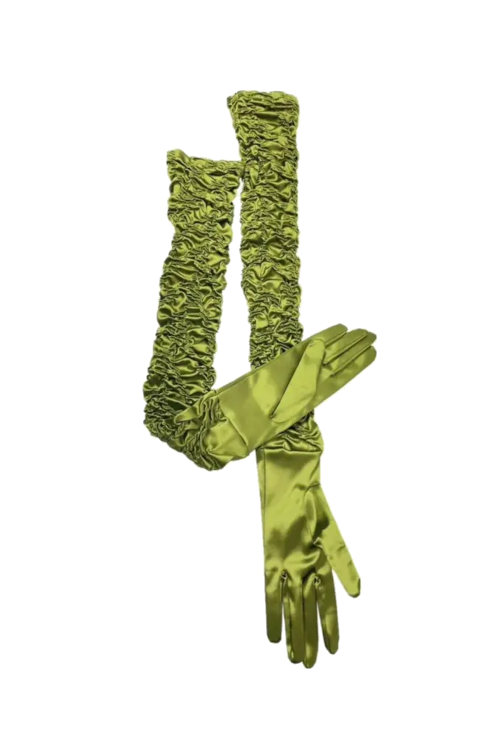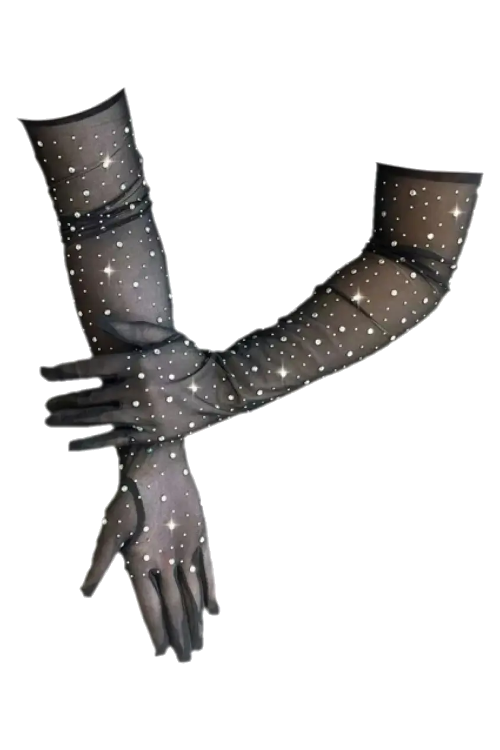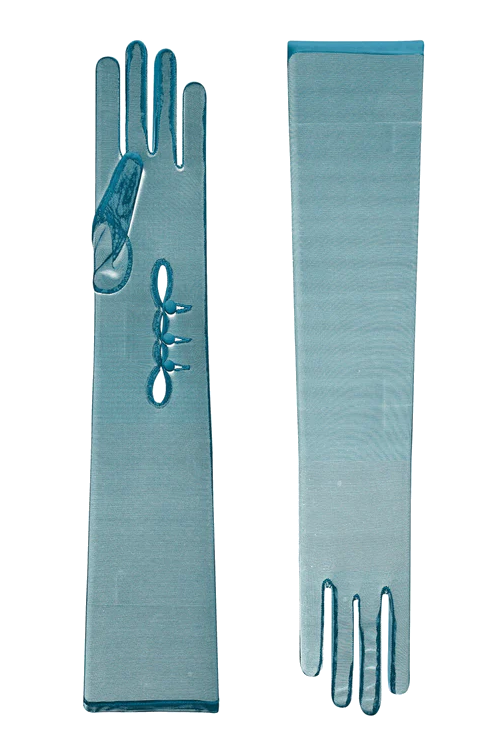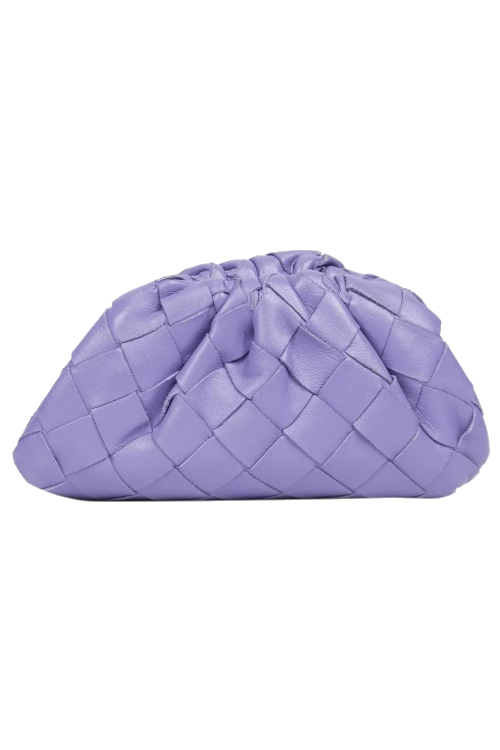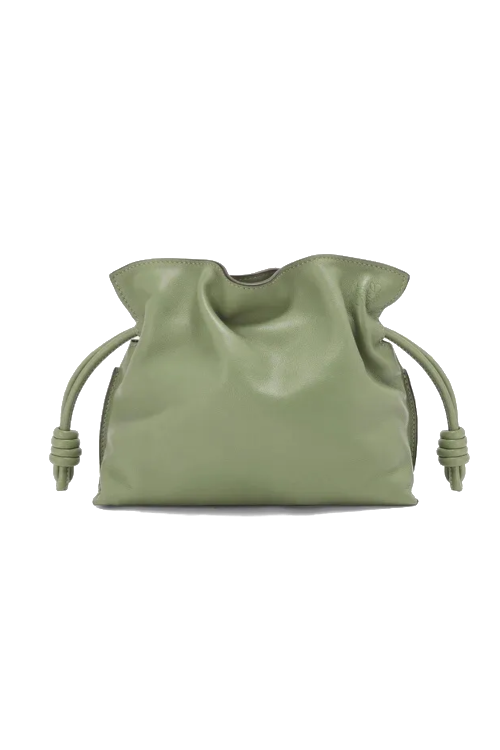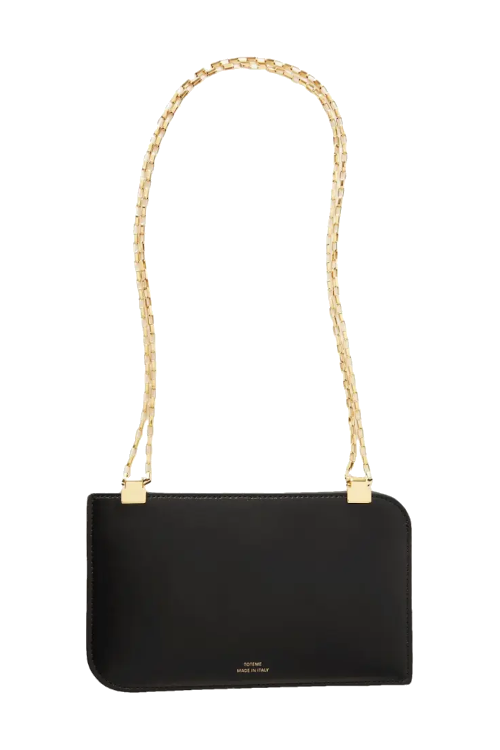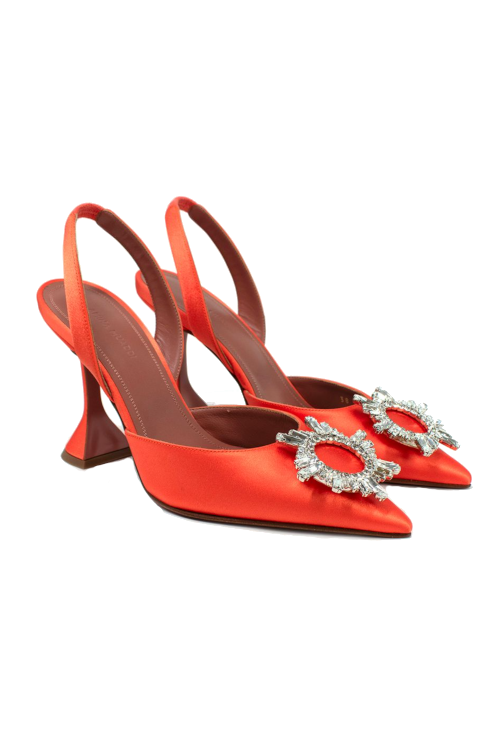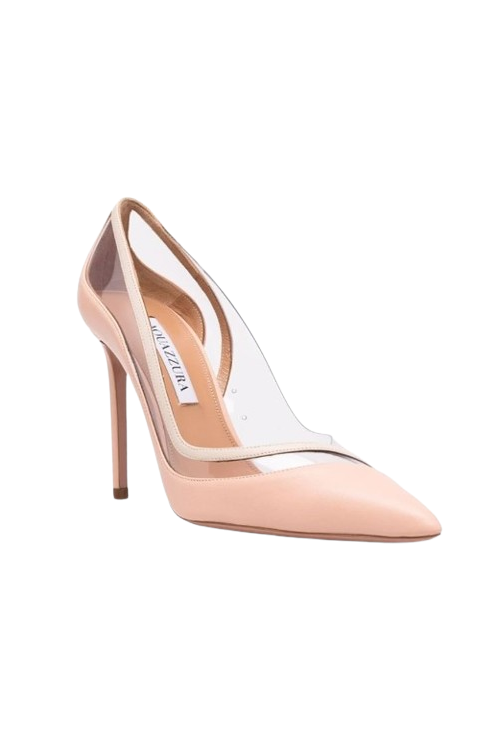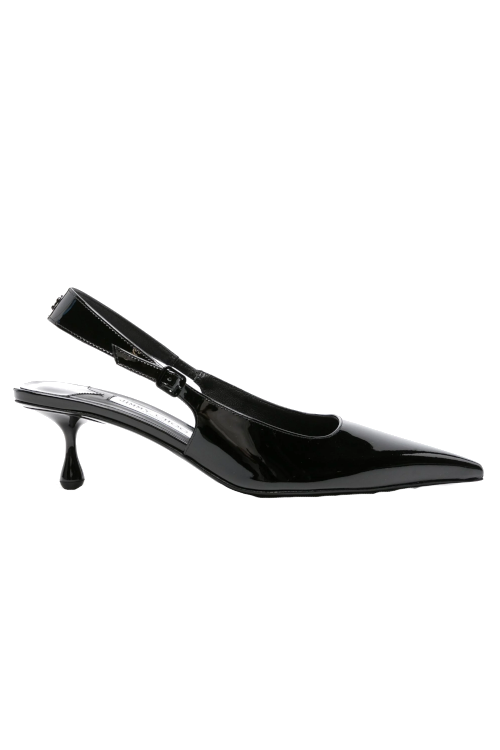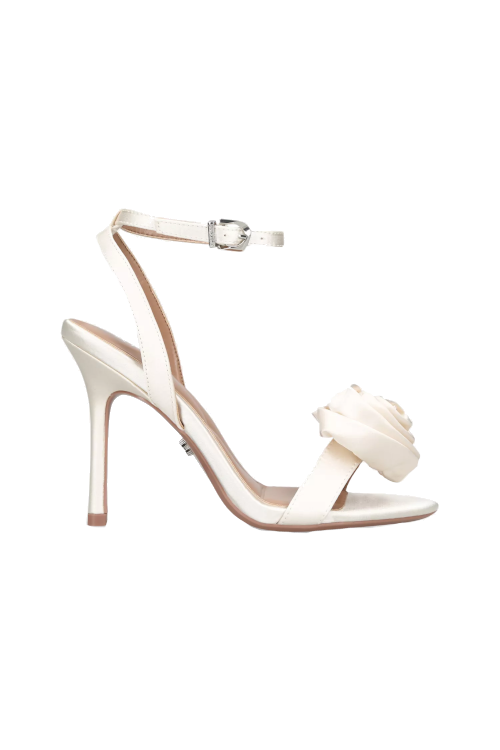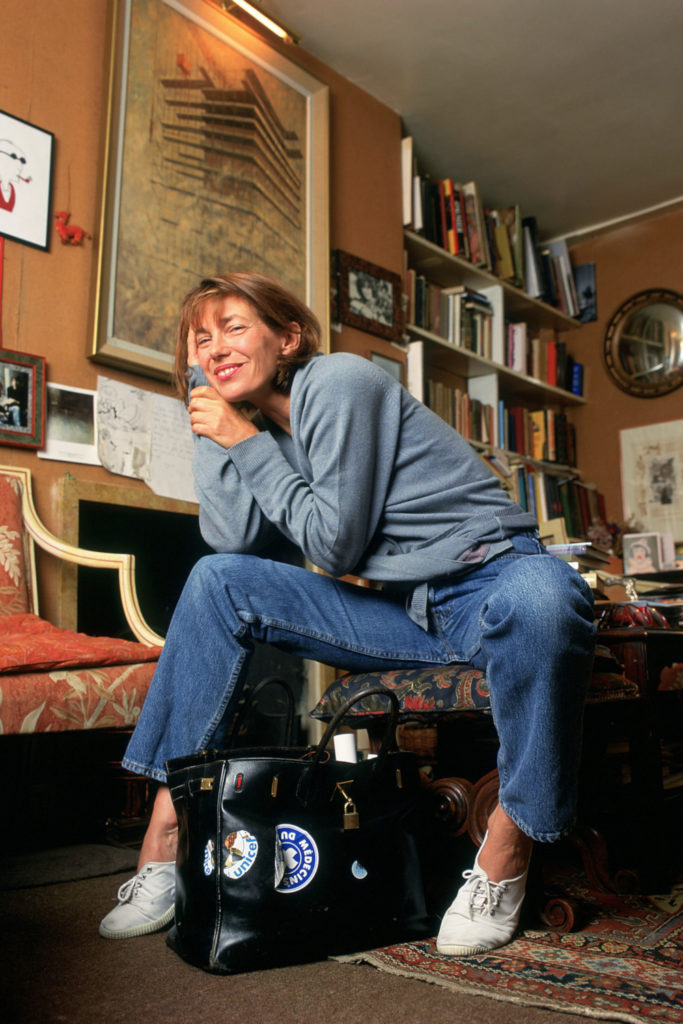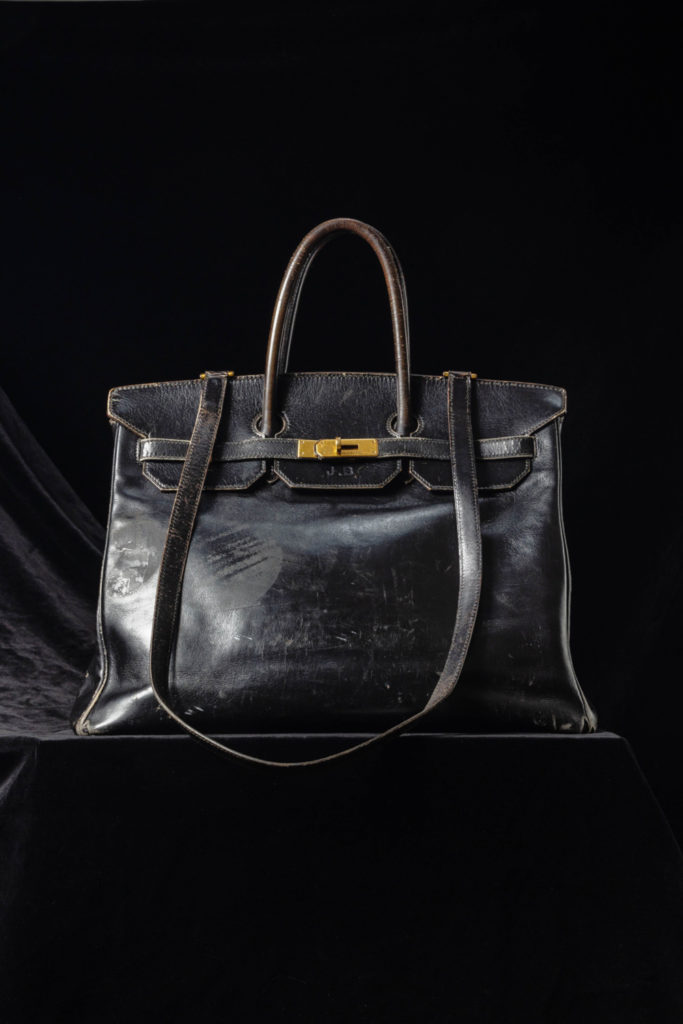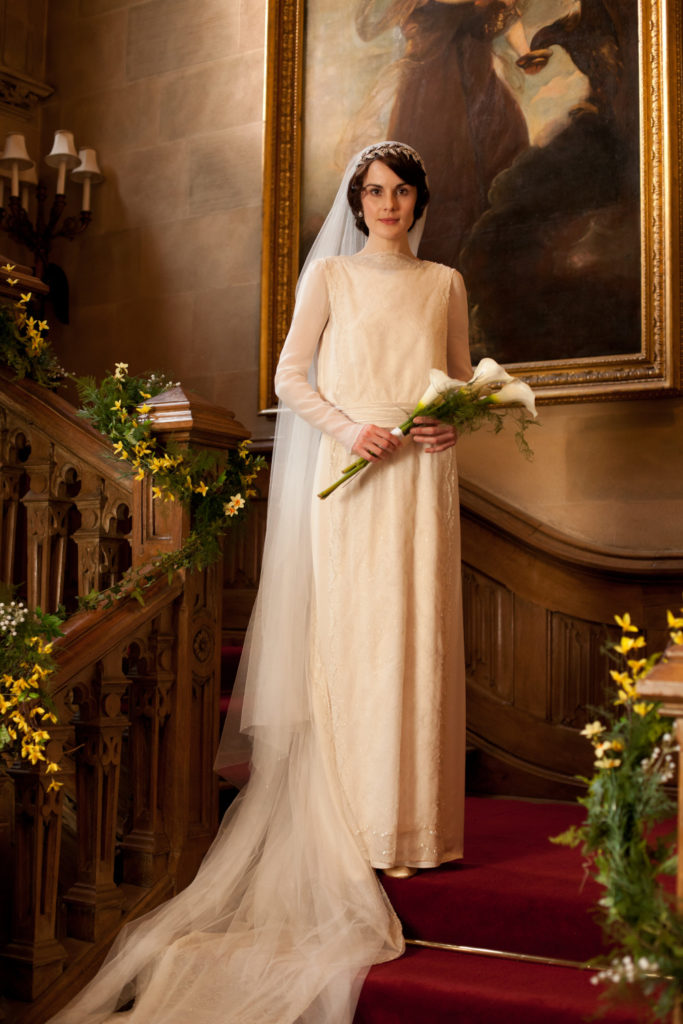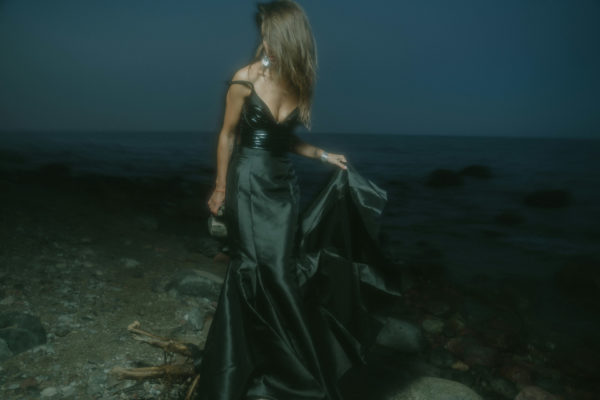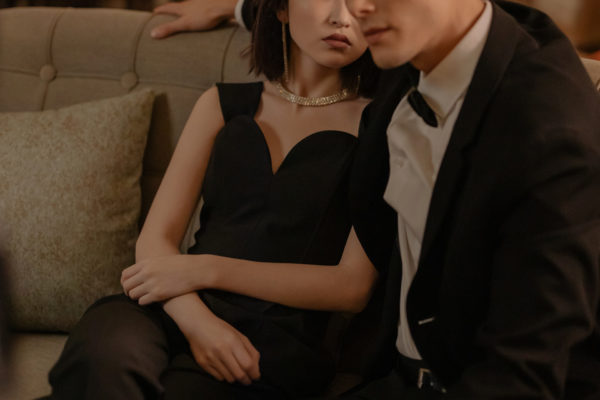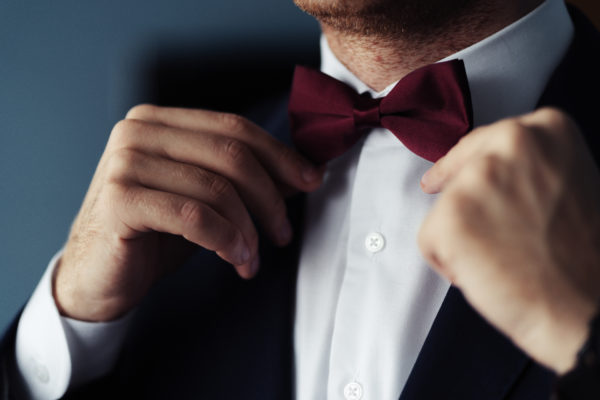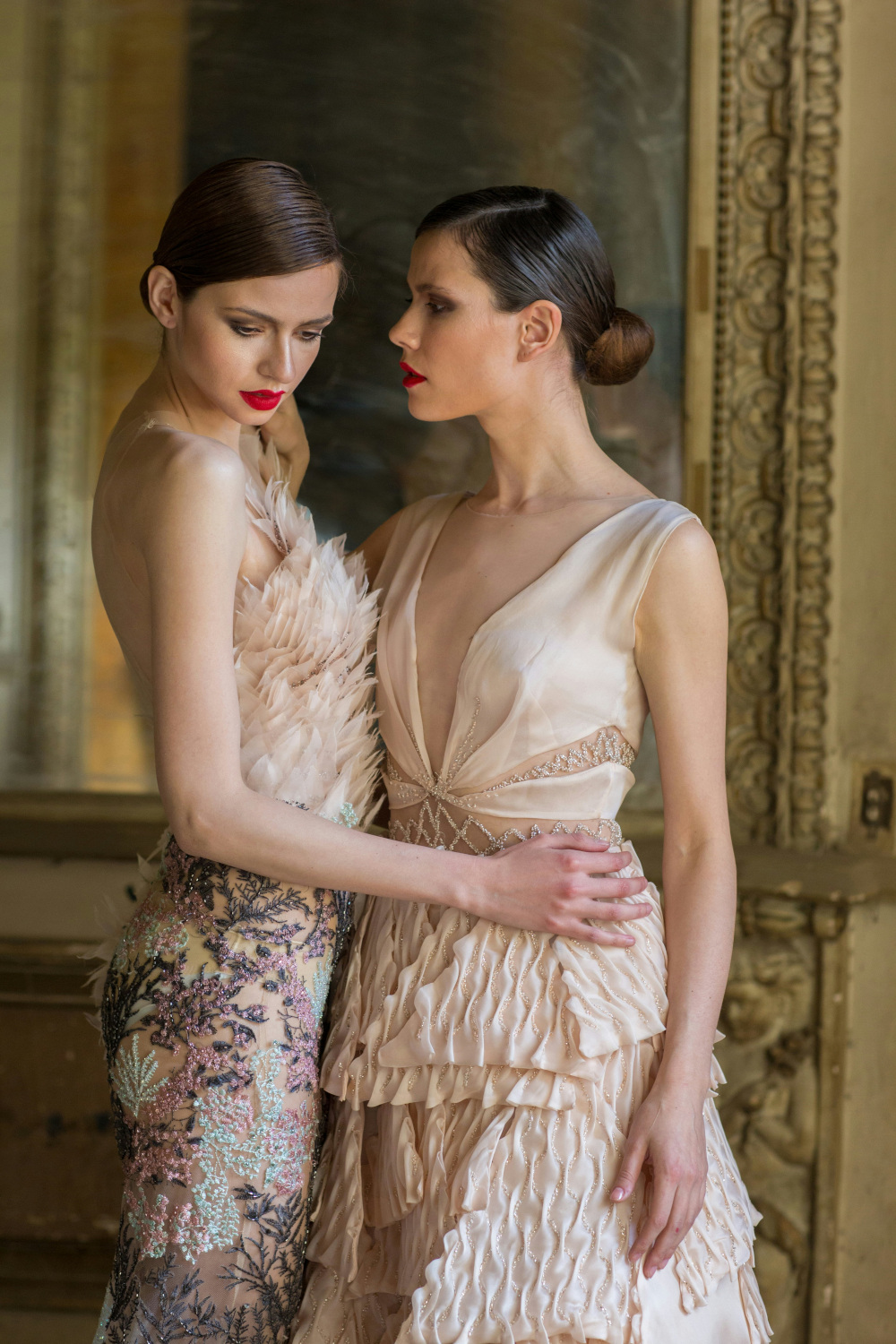
Glyndebourne Bound? Here’s How To Dress The Part
By
1 year ago
The ultimate guide to operatic dressing
When it comes to live performance, opera sits pretty high on the list with regards to sophistication. It’s one of the few remaining theatre events that audiences still dress up for – but, for those who don’t visit on the regular, it can be difficult to know which clothes are the right fit. Read on for the C&TH guide on what to wear to the opera.
The Country & Town House Responsible Buyers’ Guide
What Is The Dress Code At The Opera?
While there isn’t necessarily a strict dress code at the opera, depending on the venue, audiences are generally encouraged to dress up for the occasion.
It also depends on the performance and your seating location. On opening nights and for more expensive seats, it’s also expected that attendees dress more formally – although the posh stalls and lower levels can get away with cocktail attire. For regular performances, and those sat in less expensive seats on the upper balcony, it’s a bit more relaxed, with people often wearing smart casual dress. Smaller and outdoor venues are also often less stringent on dress codes.
‘Many people dress up for our opening nights (the first performance of each opera), or for Gala performances and award ceremonies, when it is often black-tie. But for regular performances you can wear what you like,’ reiterates the English National Opera on its website. ‘Smart casual to high end couture, it’s your night and we want you to have a great time – all we ask is that if you have large headwear that you remove it for the performance.’
If you’re still unsure what to wear to the opera, then we recommend opting for cocktail attire; this will be your safest bet if you worry about looking under or overdressed.
What To Wear To The Opera
The Cocktail Dress
As we’ve mentioned, a cocktail dress is the safest option when it comes to dressing for the opera. This style of dress is typically shorter than an evening gown, resting anywhere between mid-calf and just above the knee – they also tend to be a lot more comfortable to sit in during long performances.
The Evening Dress
If you’re determined to go all out on your visit to the opera, then a gown is probably a better option. These elegant dresses are usually floor-length and designed to exude sophistication; think red carpet style, but quietly refined enough to make it through two or three hours of sitting in stall chairs.
Opera Gloves
As the name suggests, opera gloves were first worn by women attending opera performances in the 18th and 19th centuries – and they’re still a popular accessory at formal evening events today. Opera gloves are much longer than regular gloves, sitting above the elbow (often up to the bicep or full arm length) and crafted from luxurious materials like silk, velvet and lace.
The Clutch Bag
You won’t find many formal dresses with pockets (but if you do, they’re a keeper), so a clutch bag is typically in order. It’s best to either opt for a style and colour that matches the rest of your outfit or for something a little more neutral and flexible enough to adapt to multiple outfits. If matching isn’t your thing, however, an artful clash always goes down well.
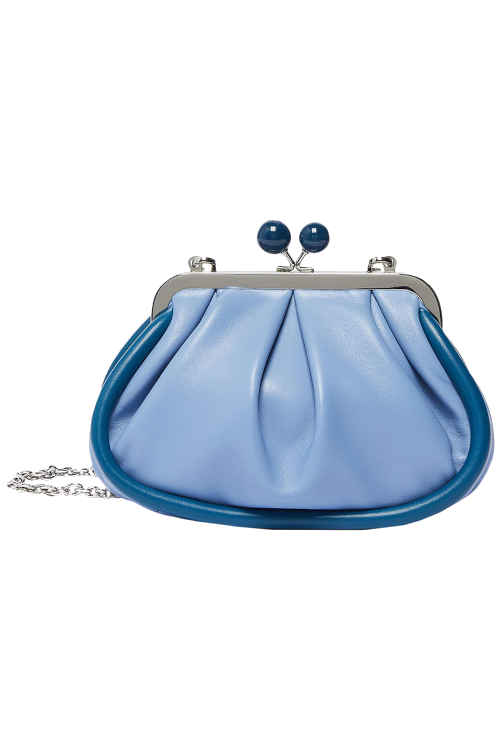
A Glossy Heel
You’re going to spend most of the night off your feet, so why not go all out with some fancy footwear? Heels are always a good fit for formal events like the opera – especially if you’ve opted for a longer gown – and can help tie any other accessories in with the rest of your outfit.
Featured image: Khaled Ghareeb, Unsplash

